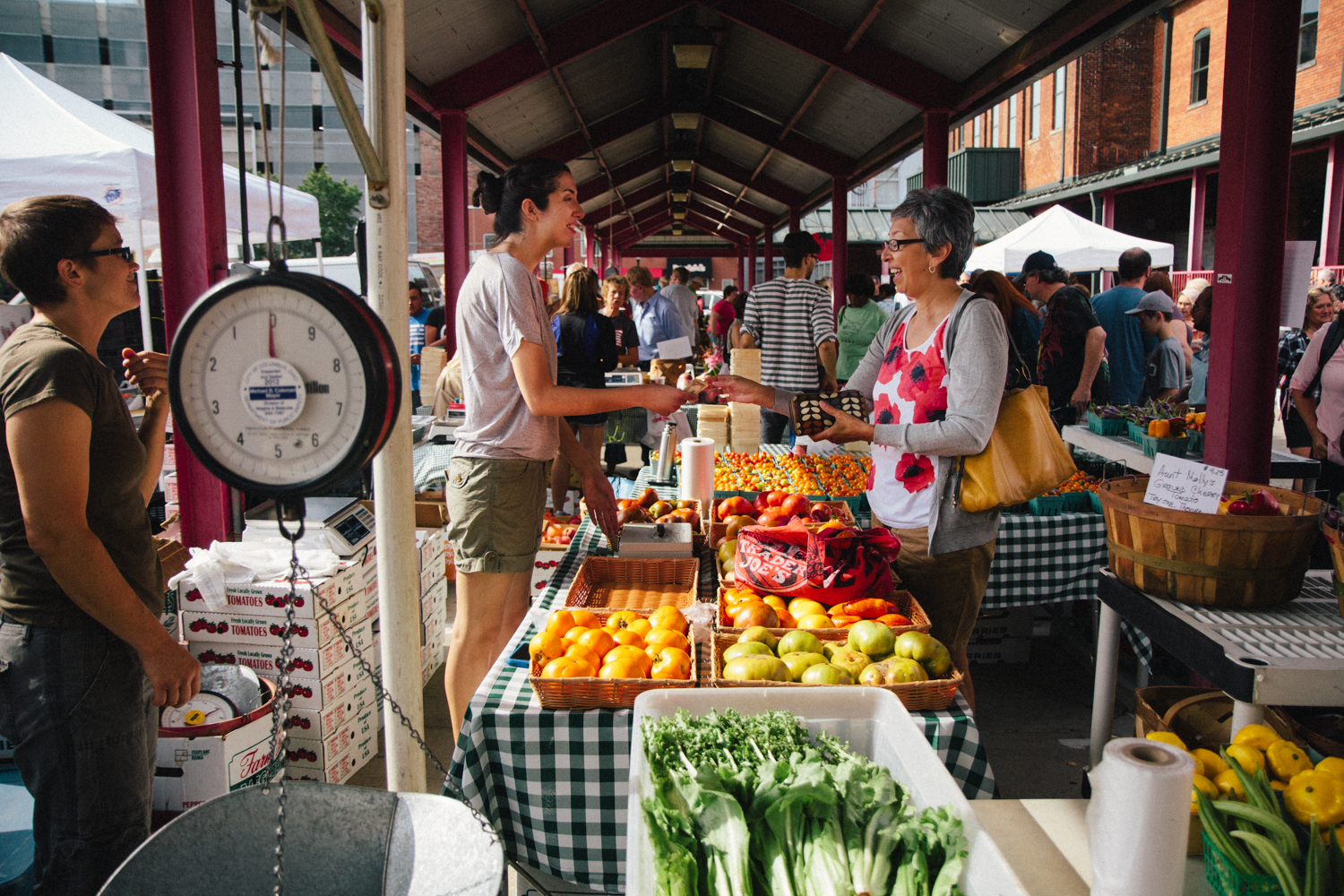A innovative retail model called “farm stops” is transforming how small farms connect with consumers, providing farmers with unprecedented financial returns while giving communities access to fresh, local food. According to Civil Eats, these year-round marketplaces operate on consignment, allowing farmers to set their own prices and retain up to 70% of sales revenue.
The Financial Revolution in local food retail is striking. While conventional grocery stores typically return only 16 cents per dollar to farmers, farm stops dramatically increase farmer earnings. As reported by Food and Wine, the Argus Farm Stop in Ann Arbor, Michigan exemplifies this success, having channeled over $10 million back to local farmers in just eight years of operation.
Beyond Simple Retail, farm stops create vibrant community spaces. Most locations include cafés and commercial kitchens, serving as “third places” that foster community connections and support cultural creativity. These spaces often feature incubator kitchens and production facilities, providing crucial infrastructure for small-scale food entrepreneurs.
The Model’s Impact extends beyond economics. Farm stops strengthen local food systems by:
- Creating year-round, direct-to-consumer sales outlets that farmers don’t have to manage
- Supporting small to mid-scale local producers through consignment sales
- Keeping money circulating within local communities
Environmental Benefits are significant, though complex. Local food distribution through farm stops can create substantially less CO2 than nationally distributed food. However, efficiency matters – conventional farms often achieve larger harvests and reduced carbon footprints through scale.
Innovation in Access is emerging through creative solutions. Some farm stops have implemented flexible pricing systems to reach lower-income communities, while others operate as cooperatives to enhance community involvement.
The Movement Grows as more communities embrace the concept. Farm stops can take various forms, from traditional retail operations to cooperatives like Local Roots in Wooster, Ohio, and Random Harvest in Craryville, New York, which offer additional community services through cafés, incubator kitchens, and rentable spaces.
For small-scale farmers, the benefits are clear: they can focus on farming while the farm stop handles retail operations, creating a more sustainable business model for local agriculture.


















